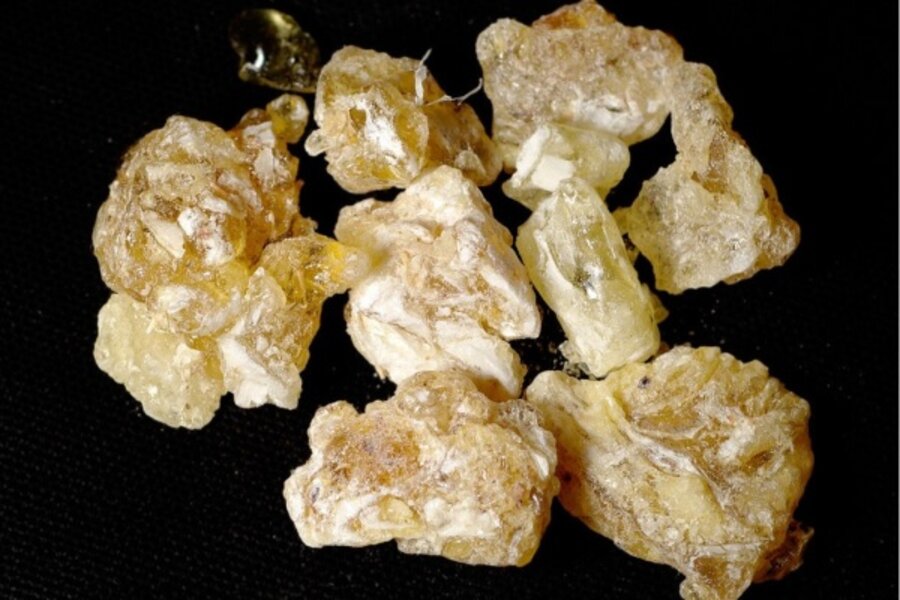Frankincense in decline. Fewer gifts will grow on trees.
Loading...
The biblical Christmas story of the three kings may need a rewriting, or at least a tweak to one of the gifts — frankincense. Production of the fragrant resin, which is used in perfume and incense, could decline by half over the next 15 years, a new study finds.
Tapped from various species of the Boswellia tree that grow in the Horn of Africa and the Arabian Peninsula, frankincense has been traded internationally for thousands of years. However, researchers warn that the trees are declining at a troubling rate.
Ecologists from the Netherlands and Ethiopia monitored Boswellia trees growing in 13 plots of about 65 acres (2 hectares) each located in northwest Ethiopia, near the source of the Blue Nile river. The plots contained trees that were tapped for frankincense, as well as some that were left untapped. The researchers studied the survival, growth and seed production of more than 6,000 Boswellia trees over the course of two years.
Based on their finding, the researchers created demographic models to predict the fate of Boswellia populations. They estimate that the production of frankincense could drop to half over the next 15 years, and the number of Boswellia trees could decline by 90 percent in the next 50 years.
"Current management of Boswellia populations is clearly unsustainable," said study researcher Frans Bongers of Wageningen University in the Netherlands. "Our models show that within 50 years, populations of Boswellia will be decimated, and the declining populations mean frankincense production is doomed. This is a rather alarming message for the incense industry and conservation organizations."
The researchers cited a decline in both the tapped and untapped Boswellia tree populations they studied. This suggests that other factors are at the root of the problem, according to the ecologists.
"Frankincense extraction is unlikely to be the main cause of population decline, which is likely to be caused by burning, grazing and attack by the longhorn beetle, which lays its eggs under the bark of the tree," Bongers said.
The study also showed that, along with high levels of mortality among adult trees, older trees were not being replaced by new trees because few Boswellia seedlings survived to become saplings.
"The number of fires and intensity of grazing in our study area has increased over recent decades as a result of a large increase in the number of cattle, and this could be why seedlings fail to grow into saplings," Bongers explained. "At the same time, a large proportion of trees we studied died after being attacked by the longhorn beetle."
The researchers recommend that management incentives be introduced to preserve and protect Boswellia populations and the future of frankincense production. The study is detailed online today (Dec. 20) in the Journal of Applied Ecology.
You can follow LiveScience writer Remy Melina on Twitter @remymelina. Follow LiveScience for the latest in science news and discoveries on Twitter @livescience and on Facebook.
SEE ALSO:





